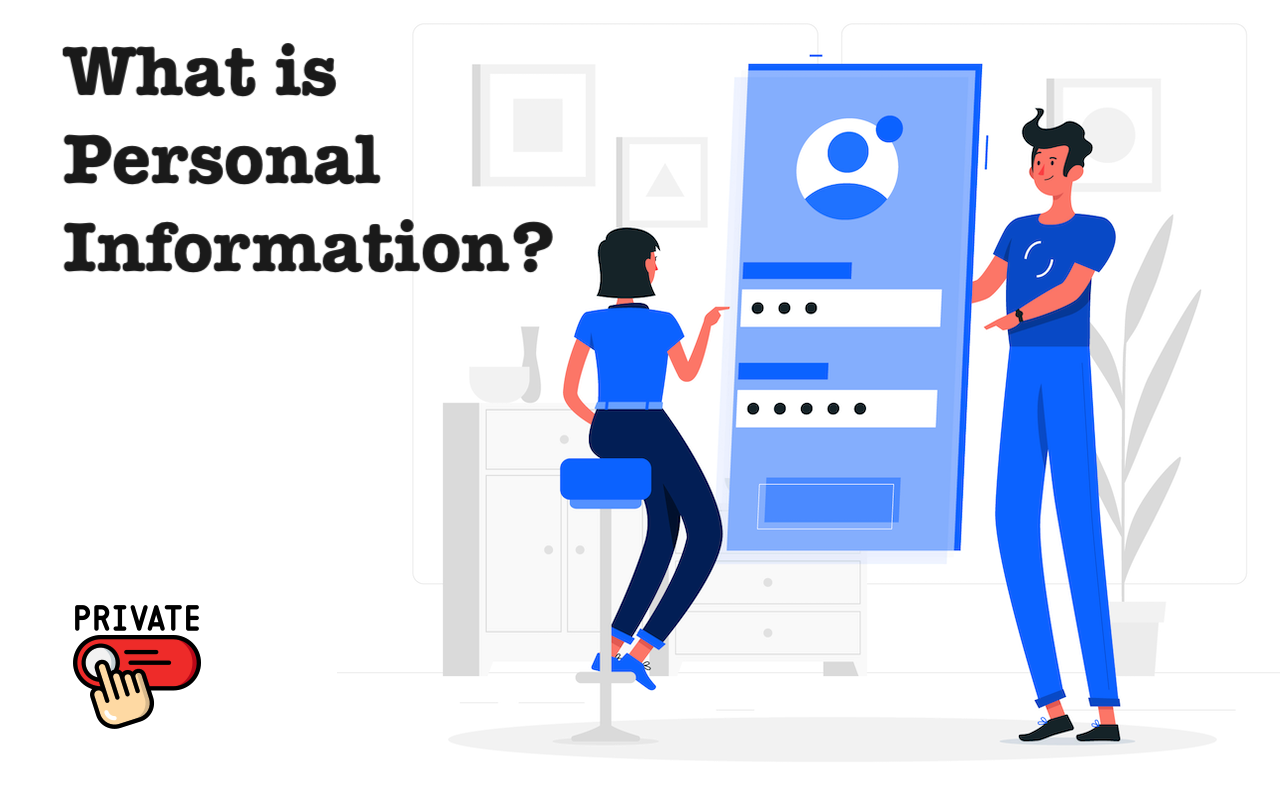
Ever heard a story about someone's bank account getting wiped out? Or maybe their identity was stolen? These things happen when personal data falls into the wrong hands. Your info is super important today. It's all about learning how to keep it safe from those who want to steal it.
Personal information is anything that can identify you. It's more crucial than ever to guard it well. This guide will teach you how to understand, spot, and protect your personal data.
Understanding Personal Information
What exactly counts as personal information? It's any data that can point to you as an individual. This covers a lot! Think of it as anything that makes you, you. It's about the details that thieves could use.
The Broad Definition of Personal Information
Personal information falls into a few main buckets. First, there's Personally Identifiable Information (PII). Then, there's Protected Health Information (PHI). Lastly, there's Financial Information (FI). Each type needs its own level of care.
- Personally Identifiable Information (PII): This is the big one! It includes your name, address, and email. Your social security number and birthday count too. Basically, anything directly linked to you.
- Protected Health Information (PHI): This is all about your health. Think medical records and insurance details. Genetic info is in this group as well. Keeping this private is very important.
- Financial Information (FI): Credit card numbers and bank accounts live here. So do transaction histories. This info is gold to criminals. Guard it closely!
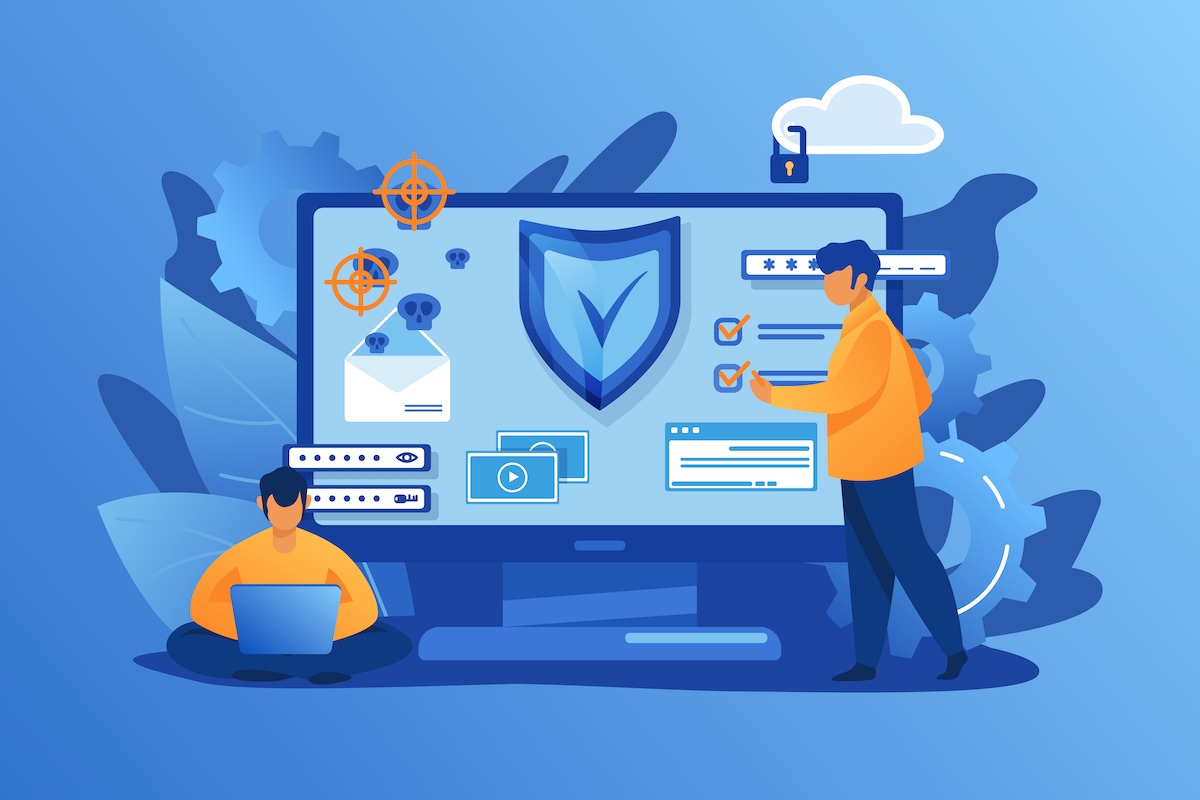
What Doesn't Qualify as Personal Information
Not everything is considered personal information. Data that's been anonymized doesn't count. Think of a survey without names attached. Aggregated data isn't personal either. This is data grouped together so it can't identify anyone.
There are exceptions. Even if data is anonymized, it might be re-identified. With enough work, someone could link it back to you. So, caution is always wise.
Why Protecting Your Personal Information Matters
Data breaches and identity theft can cause chaos. Understanding the risks will make you want to secure your stuff. It's more than a good idea; it's a necessity.
The Risks of Identity Theft and Fraud
Identity theft comes in many forms. Someone might open a credit card in your name. They could file fake tax returns using your info. Scammers get more creative every day.
Imagine this: someone uses your social security number to get a loan. Now you're stuck paying for it! Or a scammer poses as you to collect benefits. These scenarios happen all the time. Be aware and protect yourself.
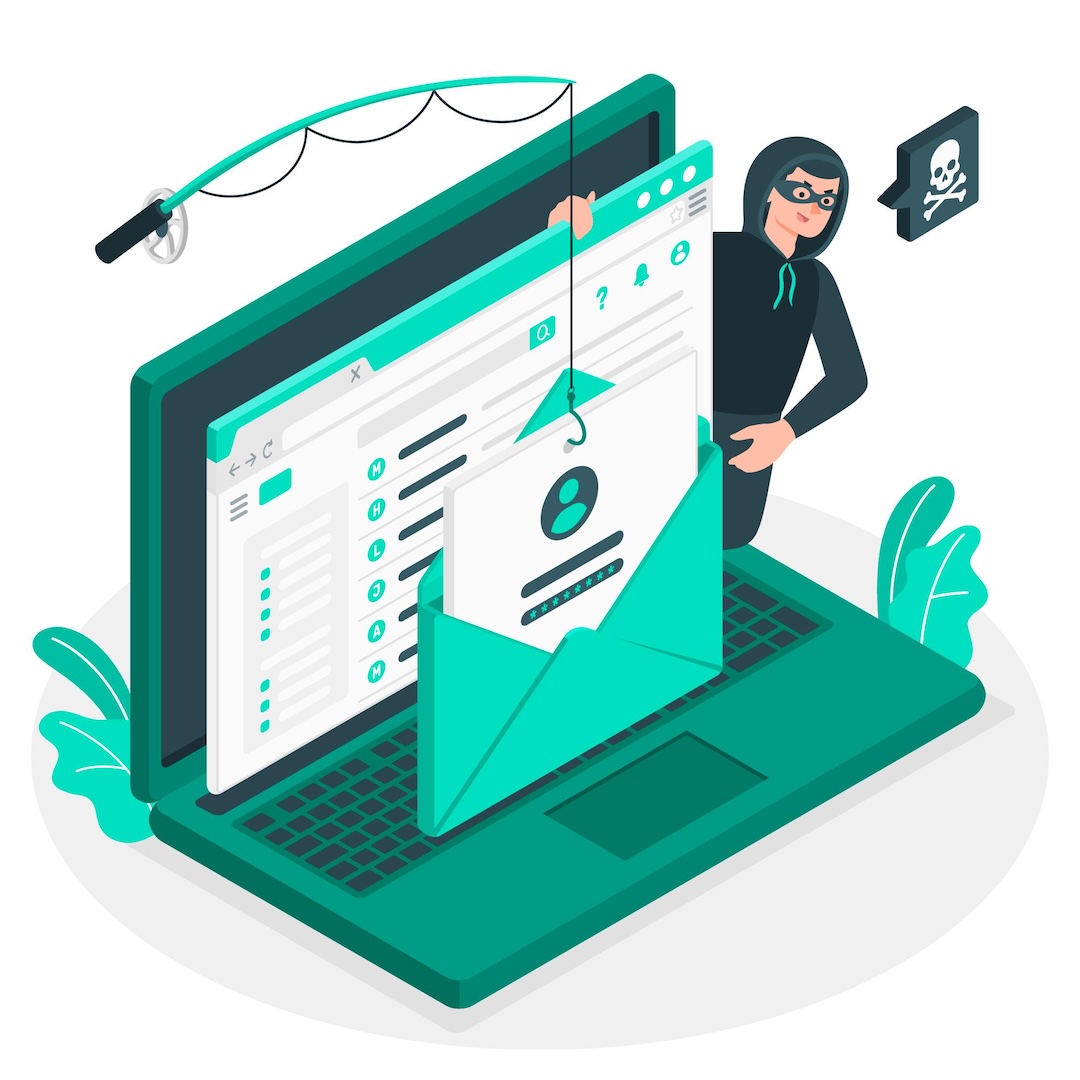
Financial and Reputational Damage
Compromised data can hit your wallet hard. Cleaning up identity theft is expensive. You might have to pay for credit monitoring services. Stolen funds may never get recovered.
Your reputation can suffer too. If your email gets hacked, scammers could send bad messages to your contacts. This can hurt your personal and professional image. Prevention is key.
Types of Personal Information You Should Safeguard
Some data is more sensitive than others. Learn what to focus on when boosting your protection. Prioritize these to minimize the risk of breaches.
Online Identifiers
These are the keys to your digital life. Email addresses are used for almost everything. Usernames unlock your accounts. Even your IP address can reveal your location. Social media profiles are treasure troves of info.
If someone gets your email, they can reset passwords. A hacked social account can spread misinformation. Never underestimate the power of these online details.
Offline Identifiers
Your physical address can be used to steal your mail. Phone numbers allow scammers to call or text you. Your date of birth helps confirm your identity. Social security and driver's license numbers are super sensitive.
These offline pieces can open many doors for criminals. They can be used to impersonate you. They can access accounts and services. Keep them locked down.
Financial Data
Credit card numbers can be used to make unauthorized purchases. Bank account details let thieves drain your funds. Transaction histories reveal your spending habits.
Always monitor your bank statements. Never share your credit card over an unsecure connection. Treat your financial data like it's made of gold.
Health Information
Medical records contain a lot of personal data. Insurance information can be used for fraud. Genetic data is extremely sensitive. It can reveal your future health risks.
Data breaches in healthcare happen. Your info could be exposed. This could affect your insurability or even your employment. Take your health data seriously.
Practical Steps to Protect Your Personal Information
You can take control of your data security. Here are actionable tips to keep your info safe. Small changes can make a big difference.
Strengthening Your Online Security
Use strong passwords for every account. Mix letters, numbers, and symbols. Turn on two-factor authentication (2FA) whenever possible. This adds an extra layer of protection. Consider using a password manager to generate and store strong passwords.
Create passwords that are hard to guess. Don't use the same password for multiple accounts. A password manager can help you stay organized.
Being Mindful of Phishing and Scams
Phishing emails try to trick you into giving away information. Avoid clicking on links from unknown senders. Verify requests for information, especially financial details. Never share sensitive info over email.
Look for red flags like bad grammar or urgent requests. Report phishing attempts to protect others. A little skepticism goes a long way.
Securing Your Devices and Networks
Use firewalls to block unauthorized access. Keep your software updated to patch security holes. Secure your Wi-Fi network with a strong password and encryption.
Configure your home network securely. Change the default router password. Disable remote access if you don't need it. Simple steps make a big impact.
Data Minimization and Privacy Settings
Share less information online. Adjust privacy settings on social media. Limit what apps can access on your phone. Be selective about the websites you visit.
Go through the privacy settings on Facebook, Instagram, and other sites. Decide who can see your posts and info. Less is often more when it comes to data sharing.
Legal and Regulatory Frameworks for Data Protection
Laws like GDPR and CCPA protect your data. Understand these rules so you can use them. Learn about your rights and how to exercise them.
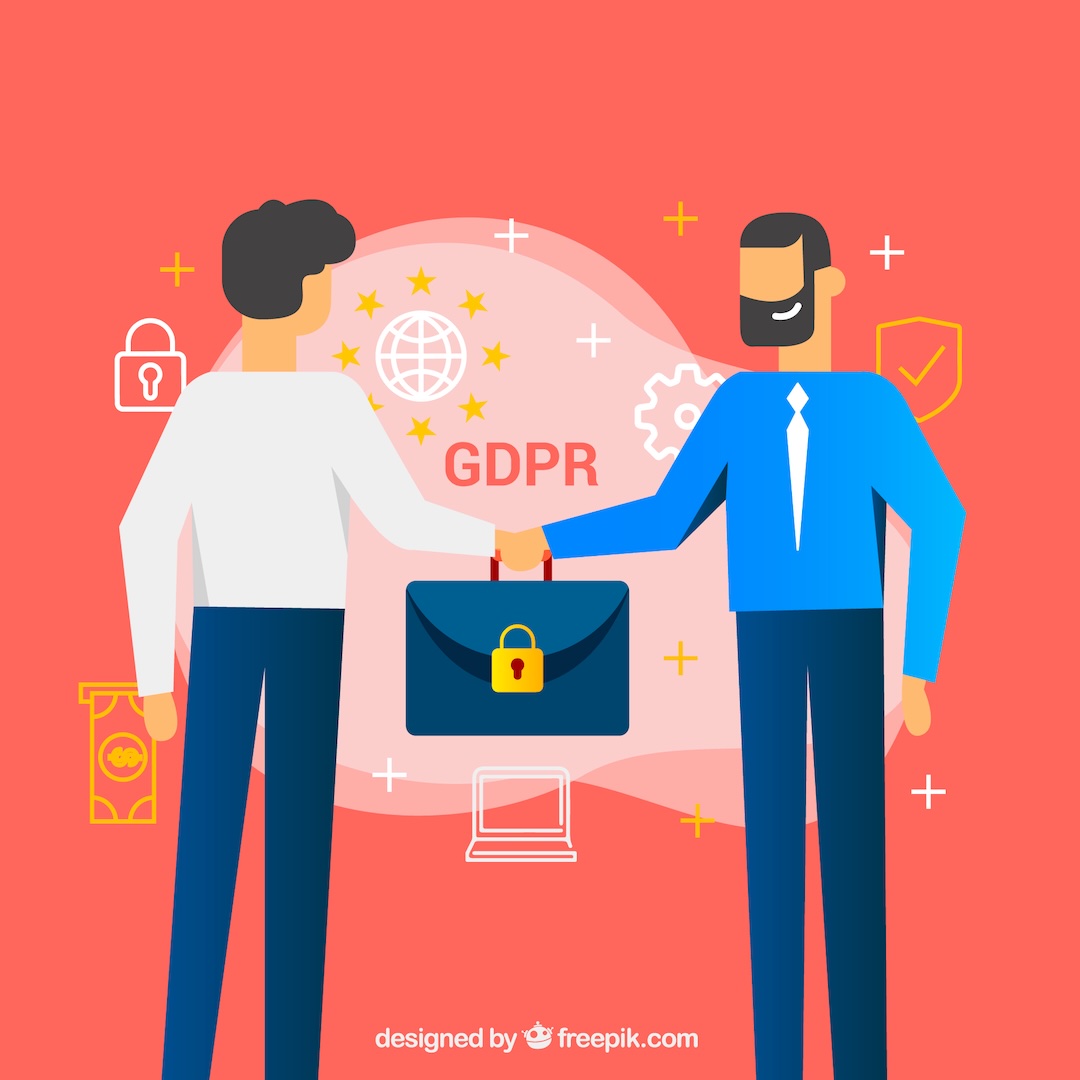
Understanding Data Privacy Laws
GDPR (General Data Protection Regulation) protects EU citizens' data. CCPA (California Consumer Privacy Act) does the same for Californians. These laws give you more control over your personal information.
These laws impose strict rules on companies. They must get your consent to collect data. They need to protect it from breaches. Know your rights under these laws.
Your Rights Regarding Your Personal Information
You have the right to access your data. You can correct inaccurate information. In some cases, you can delete your data.
Contact companies to exercise these rights. Ask what information they have about you. Request corrections or deletions as needed. It's your data, so take control.
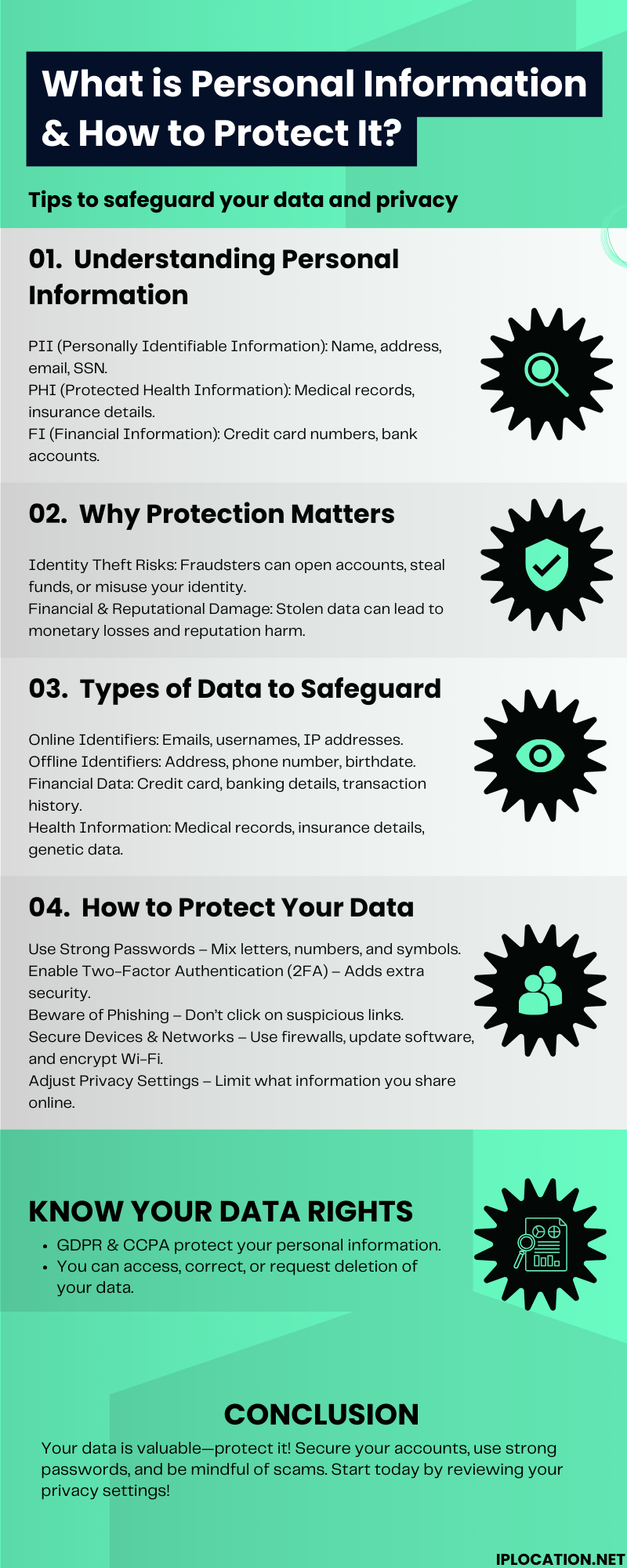
Conclusion
Protecting your personal information is crucial. It's a must in today's world. Take the steps outlined here to safeguard your data.
Remember strong passwords and 2FA. Be careful of phishing scams. Secure your devices and networks. These habits can protect you.
Start today! Review your online accounts. Update your privacy settings. The time to protect your data is now.
Images by Freepik.
Share this post
Leave a comment
All comments are moderated. Spammy and bot submitted comments are deleted. Please submit the comments that are helpful to others, and we'll approve your comments. A comment that includes outbound link will only be approved if the content is relevant to the topic, and has some value to our readers.



Comments (0)
No comment